A complete and detailed guide of 10 things to do and to see in Potenza
Outside the classic tourist routes, Potenza has a very particular charm: developed vertically and set between the mountains, the city rises quietly and solemnly. Potenza with its culture, traditions and excellent food is the perfect place to immerse yourself in Lucanian slow living.
1. The Cathedral of San Gerardo della Porta

The Cathedral of San Gerardo della Porta
One of the symbolic monuments of Potenza is the majestic Cathedral of San Gerardo della Porta, patron saint of the city. It stands in Piazza del Duomo and impresses the viewer with the bell tower and the facade dating back to the thirteenth century and rebuilt in the eighteenth century. Inside, between vaults and domes covered with precious marble, the Roman sarcophagus containing the remains of the Saint is kept. Don’t forget to stop under the main altar, where you can admire the remains of a polychrome mosaic from the III-IV century.
2. Via Pretoria, the heart of Potenza

The Teatro Stabile di Potenza (photo Michele Luongo / Wikimedia Commons)
Completely pedestrian, this street is the busiest in the area “above Potenza”, the upper part of the city, which is also the most central. This is the shopping street, but there are also many clubs and bars where you can enjoy an aperitif, a must during a stay in Potenza. Via Pretoria is also a place of access to some of the symbols of Potenza, including the most famous squares and the main cultural and institutional attractions such as the theater or the government building.
3. An aperitif at Mojito & Cho
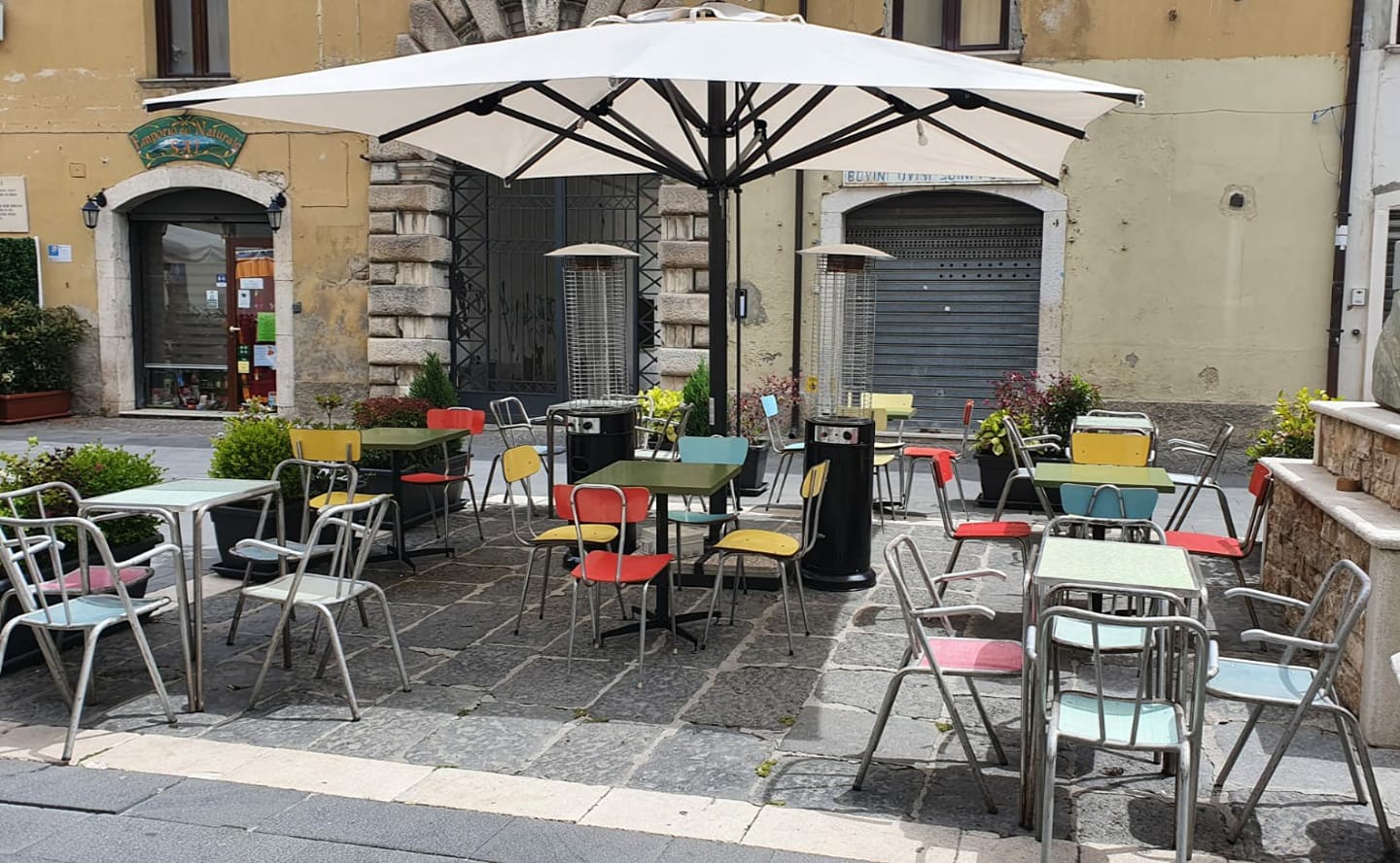
Photo credits: Facebook page Mojito & Cho
It has been open for a few years, but it has already become the place where everyone wants to be. Mojito & Cho is a bar with many souls, and between aperitifs, cocktails and snacks, it accompanies those looking for fun in the Lucanian capital throughout the night. In the splendid setting of Largo Pigantari you will find quality drinks accompanied by tasty snacks and finger food prepared by the chef using the local products. Often the evenings are also accompanied by DJ sets and live music.
4. Piazza Mario Pagano and the Gran Caffè Italia

Near Piazza Mario Pagano there is also the Church of San Francesco, built in 1247, which has a portal with wooden shutters and a bell tower built in the fifteenth century.
Just from Via Pretoria you enter Piazza Mario Pagano, a city living room with an evocative charm of its refined architecture completed in 1842. Overlooking the square there are buildings that are symbolic of the city such as the Francesco Stabile Theater and the Government Palace. The particular Palazzo Ina, dating back to 1937, stands out for its strong architectural contrast with the other buildings. And while you are in the square, make a stop at the Gran Caffè Italia, guided by the new management of the Pasticceria La Delizia by Piero D’Alaimo, which will conquer your heart with excellent traditional Lucanian desserts.
5. The Francesco Stabile Theater
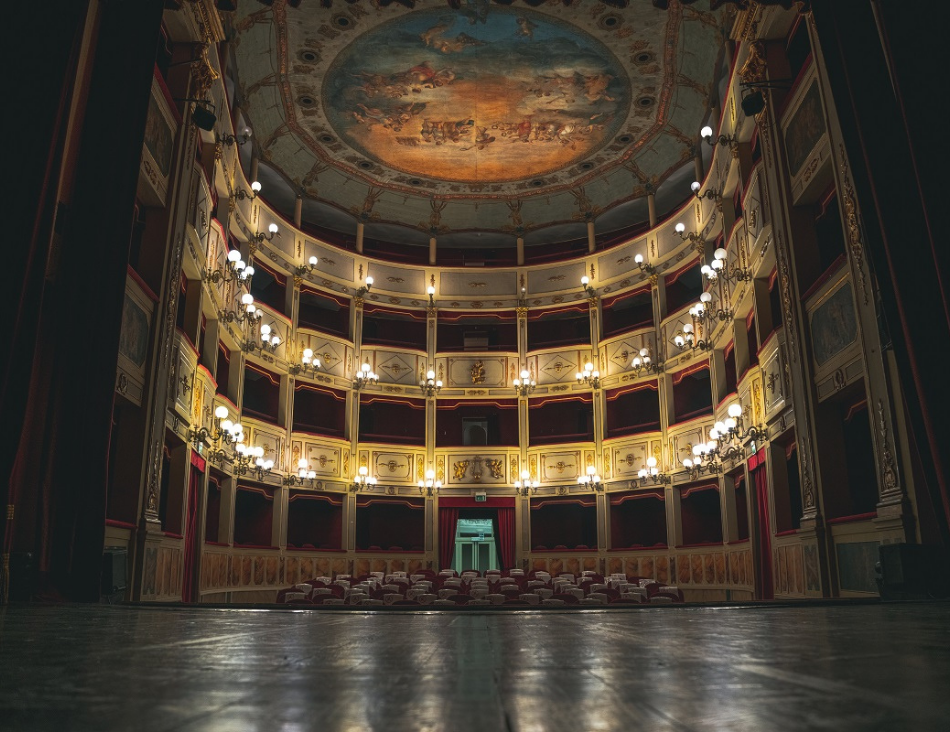
The view from the stage of the Teatro Stabile di Potenza (Photo Eugenio Bucci Typimedia)
This is the main theater in Potenza, overlooking Piazza Mario Pagano. Inspired by the San Carlo in Naples and La Scala in Milan, the theater has a monumental facade and, inside, the classic structure with stages and the gallery. It is a true architectural jewel, rebuilt several times following damage caused by strong earthquakes. Striking is the Hall of Mirrors, situated on the second floor. Its walls are decorated with reflective surfaces, and the hall is used to celebrate civil weddings.
6. Government Palace and the Villa del Perfetto

Villa del Prefetto (photo credits: gruppo Facebook Potenza Turistica)
The Government Palace, the seat of the Prefecture and the Province, also overlooks Piazza Mario Pagano. Like many buildings in Potenza, it was entirely rebuilt in 1860 after a devastating earthquake. Next to the building there is also the Villa del Prefetto, a symbol of the city thanks to its splendid gardens. They were built in the 19th century, spread over a series of terraces and are decorated with stairs, fountains and paths. Due to their charm, they are often the site of cultural events.
7. Dinu Adamesteanu National Archaeological Museum of Potenza

The remains of the Anaktoron roof of the National Archaeological Museum of Potenza. Photo by Eugenio Bucci
Among the halls of Palazzo Loffredo, behind Via Pretoria, is the Dinu Adamesteanu National Archaeological Museum, named after the world-famous archaeologist and first archaeological superintendent of Basilicata. Inside it preserves a renowned collection of artifacts from the Greek and Roman times found in various sites in the region, among which ceramics, jewels, pottery and religious objects. The visit’s route is divided into two levels according to a chronological principle and offers the visitor a general overview of the archeology of Basilicata and the territory of Potenza.
8. The Scala del Popolo of Potenza

The Potenza staircase in the 1950s (photo credits: Power era Facebook page)
It is not by chance that Potenza is called the “city of stairs”. Given the way in which it develops vertically, the streets are a continuous succession and intersection of floors and gradients joined by stairs of all kinds, ancient, modern and mechanized, small and large, short and very long. The most particular and evocative is the nineteenth-century Scala del Popolo, which from near the historic center leads to Viale Dante, another favorite meeting place for the citizens of Potenza.
9. What and where to eat in Potenza

Photo credits: Facebook page Once upon a time
The cuisine of Potenza is related to the gastronmic richness of the land. Among the most famous dishes we find the cod, but also dishes such as lamb alla potentina and cutturidd ‘, sheep meat boiled in a terracotta pot. Among the first courses, there are above all fresh hand-rolled pasta, but the real local pride is represented by the pork sausages, in particular soppressata and pezzente salami. Do you want a bite? Spend an evening at Once upon a time, a trattoria from the past with zero kilometer ingredients, homemade pasta and flavors of the land, all for less than 20 euros per person.
10. Where to sleep in Potenza
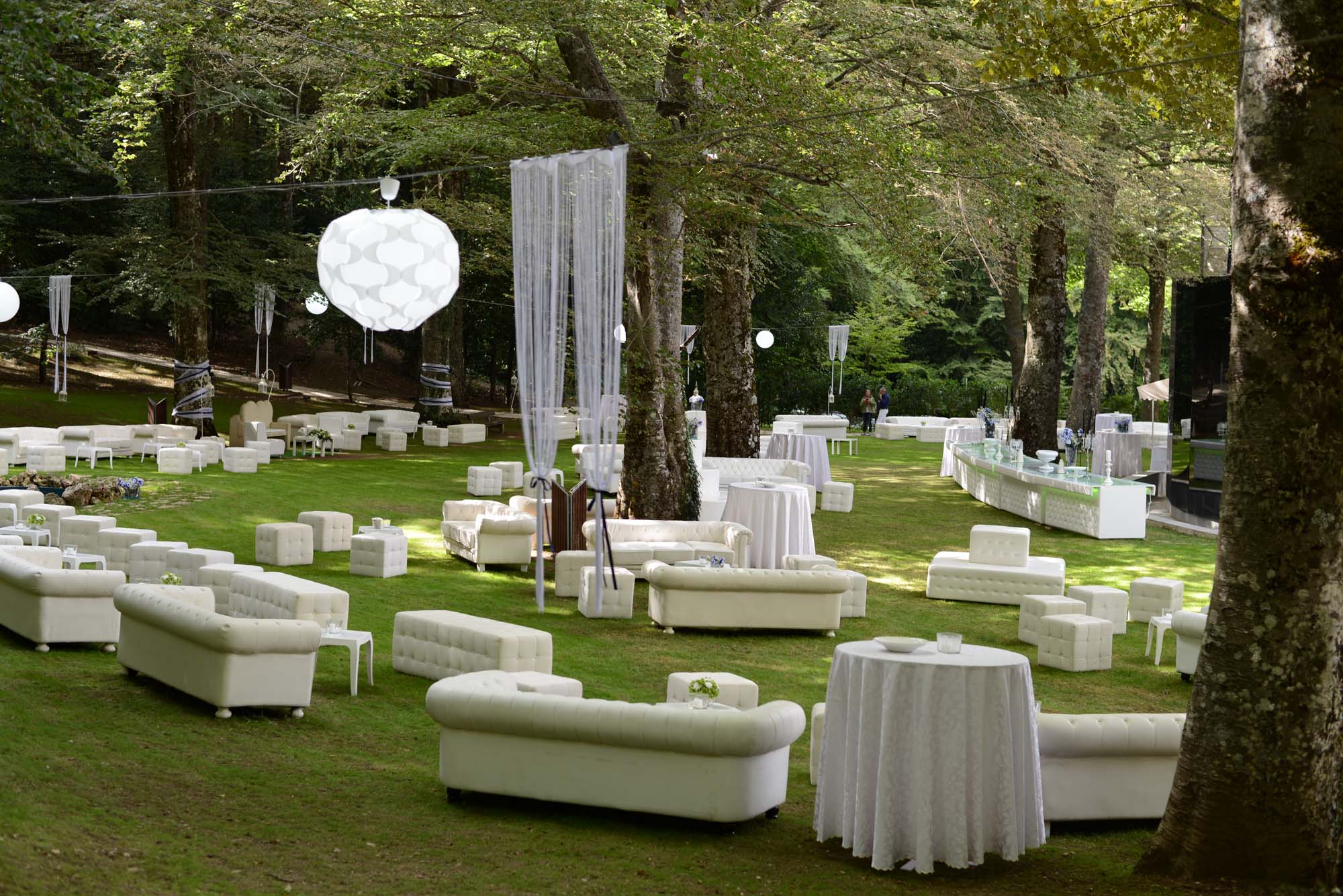
One of the set-ups for the summer receptions of the Giubileo Hotel (photo Facebook Giubileo Maison – Potenza)
Sleeping in the historic center of Potenza is the most fascinating experience: here you will find the most luxurious and renowned hotels, often within romantic historic buildings. However, these are also the most expensive accommodations. If you are looking for a less expensive place to stay, you can choose a bed & breakfast in the new area: they are cheaper, and there are lovely ones. The third option is to choose a farmhouse on the edge of town, to enjoy nature, while having all the beauties that Potenza has to offer within easy reach.
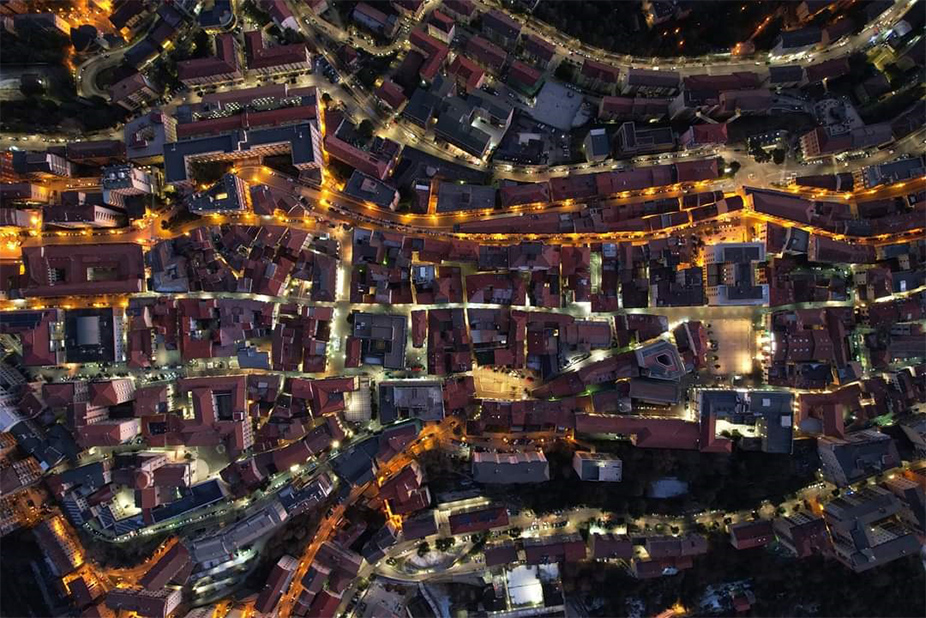
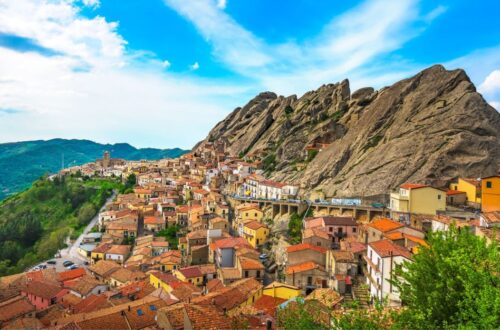
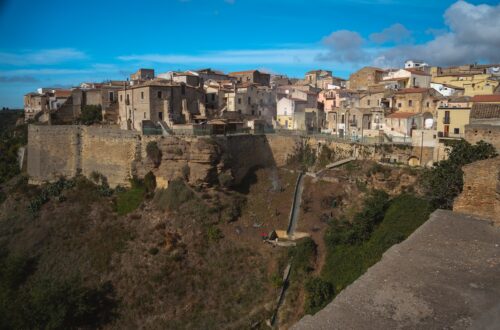
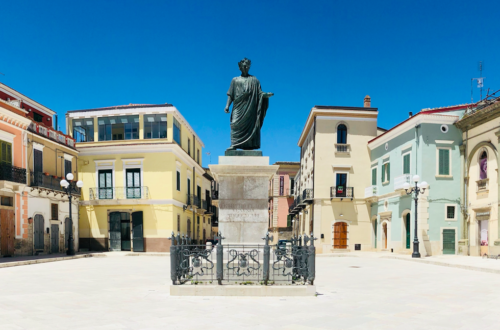
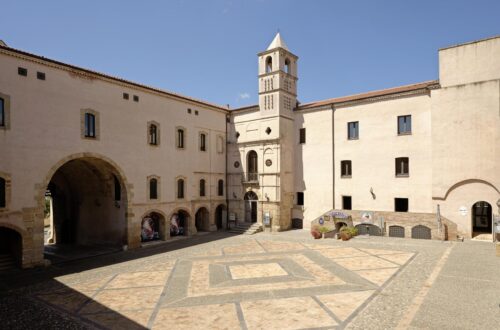
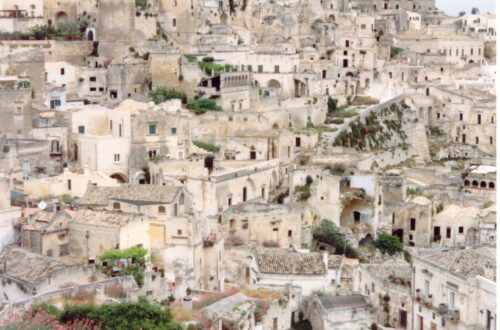

 e
e